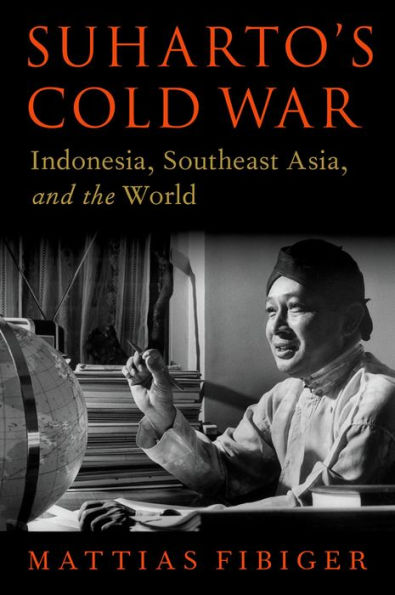After the murder of senior generals in the Indonesian army by elements of the country's communist party in 1965, General Suharto orchestrated the mass killing of some half a million leftists and fellow travelers. But his ambitions spanned far beyond perpetrating a politicide. Seeking to ensure that communism could never again take root in the archipelago, he constructed a New Order to reverse Indonesia's descent into political instability and economic crisis. Based on unprecedented access to Indonesian archives and a wealth of international sources, Suharto's Cold War masterfully narrates the first decades of the Suharto regime at the national, regional, and global levels. Suharto mobilized international aid and investment to build his counterrevolutionary dictatorship and ignite processes of economic development. He then aimed to project authoritarianism elsewhere in Southeast Asia by assisting right-wing dictators across the region. International capital made available through the global Cold War enabled Suharto to achieve the dictatorial and developmental ambitions that lay at the heart of his domestic and regional Cold Wars. Material realities at home and abroad disciplined Suharto's political project, while political considerations in Indonesia and around the world shaped his economic programs. Paying close attention to the interrelationship between the domestic and the international, the political and the economic, Suharto's Cold War makes a pathbreaking contribution to understanding Indonesia, Southeast Asia, and the world.
1142963395
Suharto's Cold War: Indonesia, Southeast Asia, and the World
After the murder of senior generals in the Indonesian army by elements of the country's communist party in 1965, General Suharto orchestrated the mass killing of some half a million leftists and fellow travelers. But his ambitions spanned far beyond perpetrating a politicide. Seeking to ensure that communism could never again take root in the archipelago, he constructed a New Order to reverse Indonesia's descent into political instability and economic crisis. Based on unprecedented access to Indonesian archives and a wealth of international sources, Suharto's Cold War masterfully narrates the first decades of the Suharto regime at the national, regional, and global levels. Suharto mobilized international aid and investment to build his counterrevolutionary dictatorship and ignite processes of economic development. He then aimed to project authoritarianism elsewhere in Southeast Asia by assisting right-wing dictators across the region. International capital made available through the global Cold War enabled Suharto to achieve the dictatorial and developmental ambitions that lay at the heart of his domestic and regional Cold Wars. Material realities at home and abroad disciplined Suharto's political project, while political considerations in Indonesia and around the world shaped his economic programs. Paying close attention to the interrelationship between the domestic and the international, the political and the economic, Suharto's Cold War makes a pathbreaking contribution to understanding Indonesia, Southeast Asia, and the world.
44.99
In Stock
5
1

Suharto's Cold War: Indonesia, Southeast Asia, and the World

Suharto's Cold War: Indonesia, Southeast Asia, and the World
Related collections and offers
44.99
In Stock

Product Details
| ISBN-13: | 9780197667248 |
|---|---|
| Publisher: | Oxford University Press |
| Publication date: | 06/30/2023 |
| Series: | OXFORD STUDIES IN INTL HISTORY SERIES |
| Sold by: | Barnes & Noble |
| Format: | eBook |
| File size: | 7 MB |
About the Author
From the B&N Reads Blog
